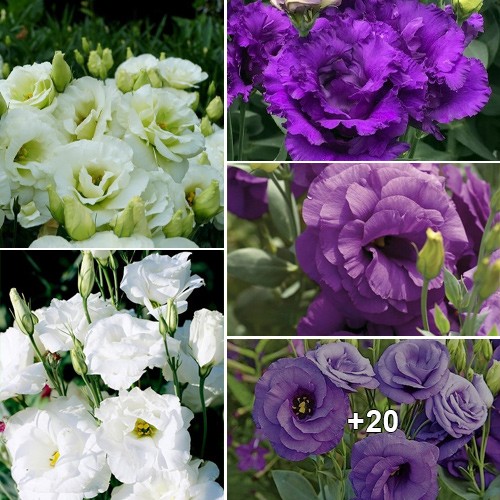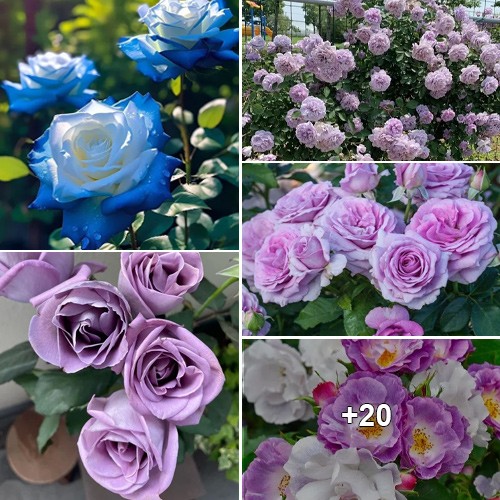The Dahlia has won over the hearts of gardeners and flower enthusiasts across the globe with its vibrant array of colors, intricate forms, and abundant blooms. This versatile flower offers a wide range of flower shapes, sizes, and colors, making it a beloved choice for gardens, cut flower arrangements, and floral displays. In this article, we will delve into the captivating world of the Dahlia, examining its characteristics, cultural significance, and the joy it brings to those who appreciate its radiant beauty.
Dahlia flower images


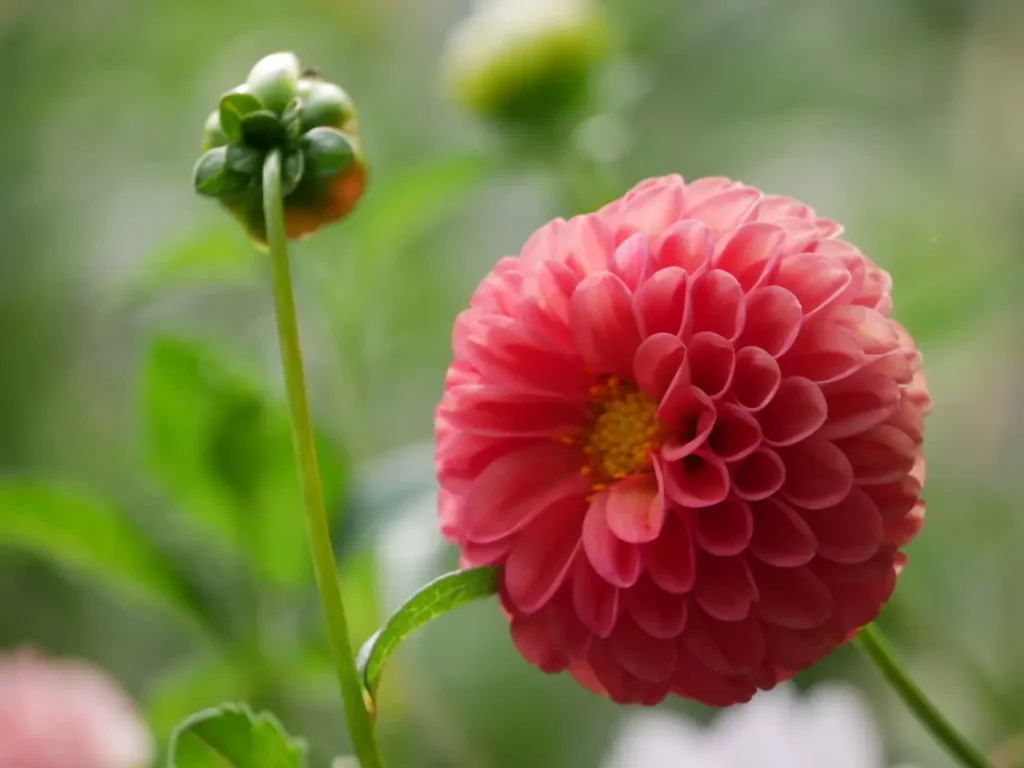
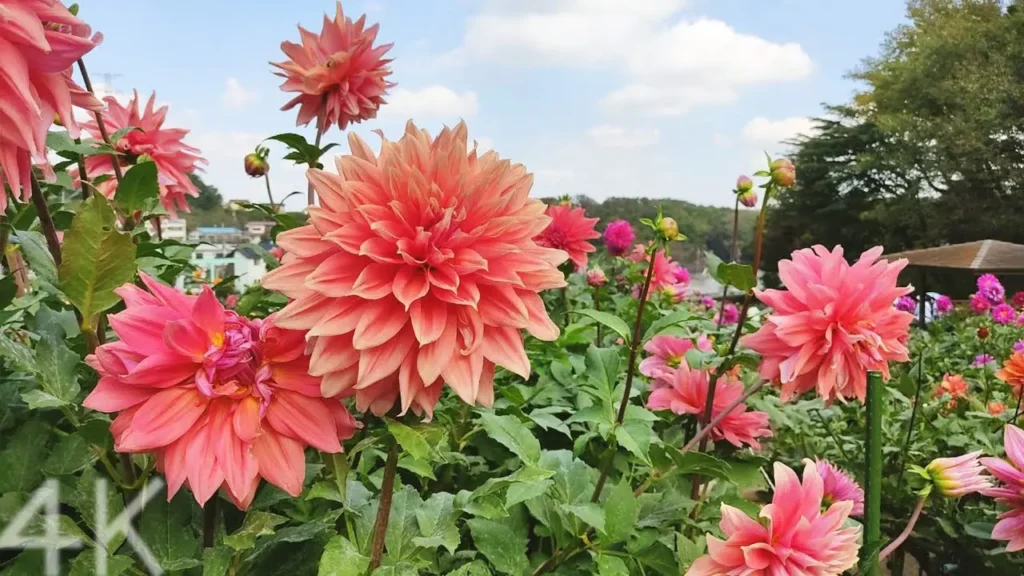


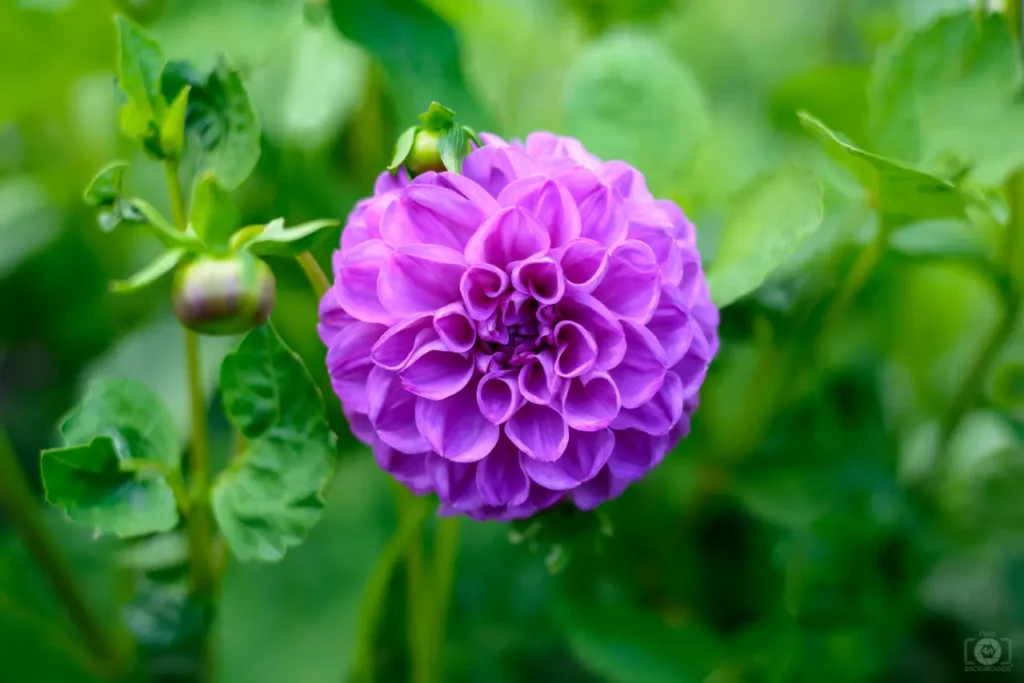
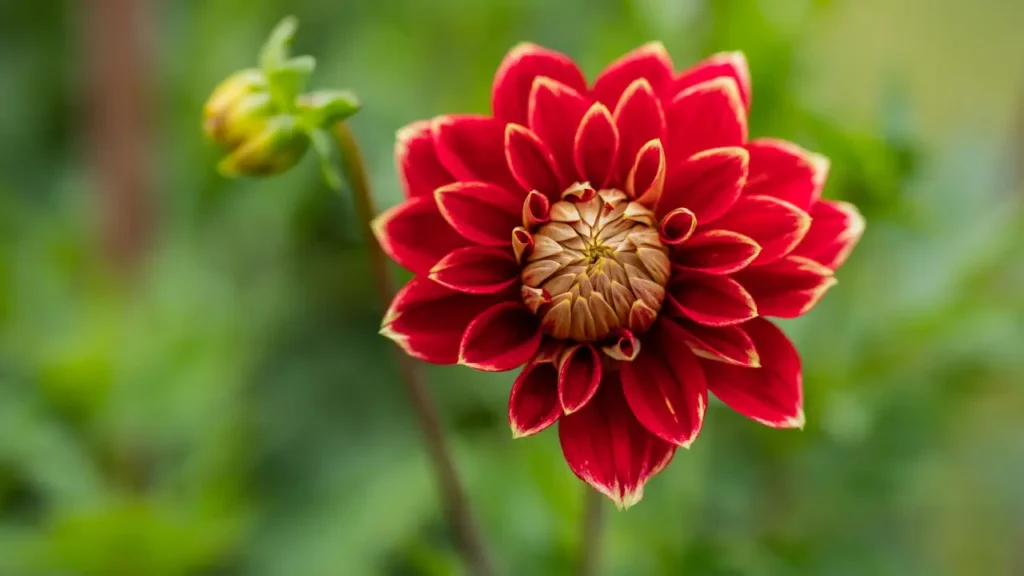
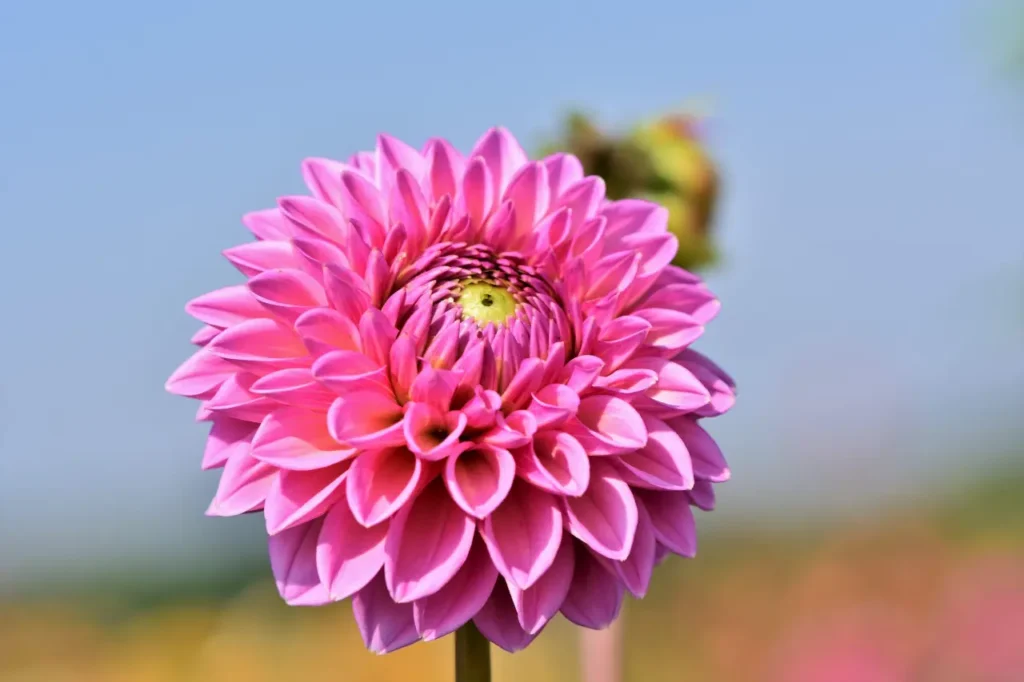
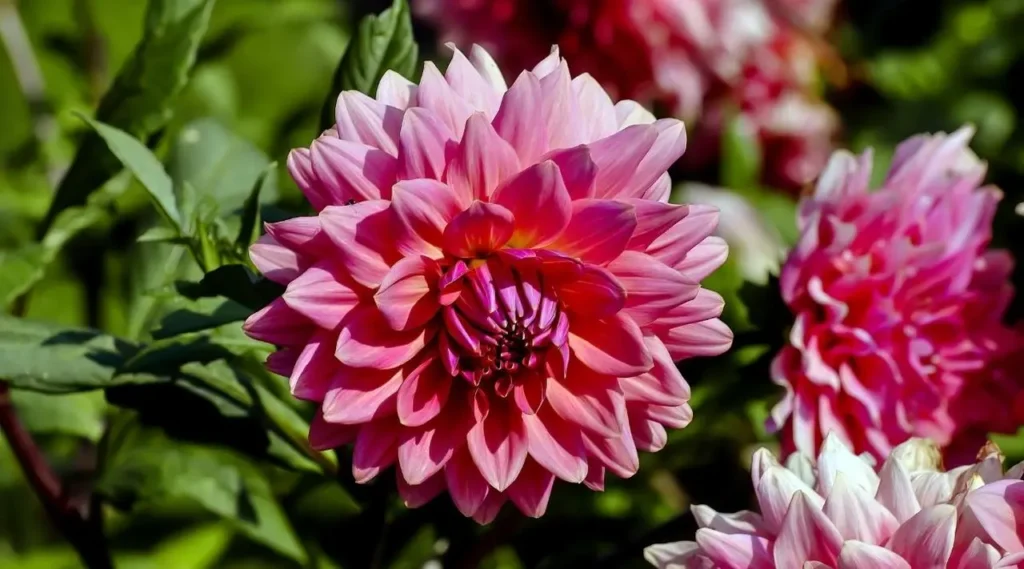
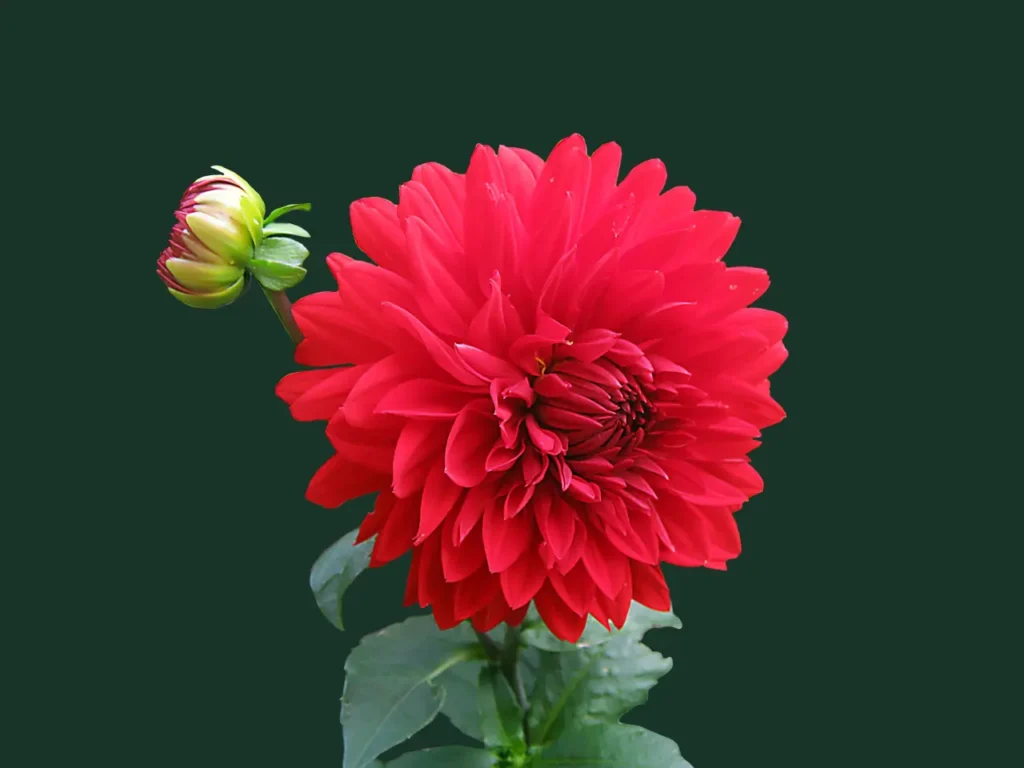
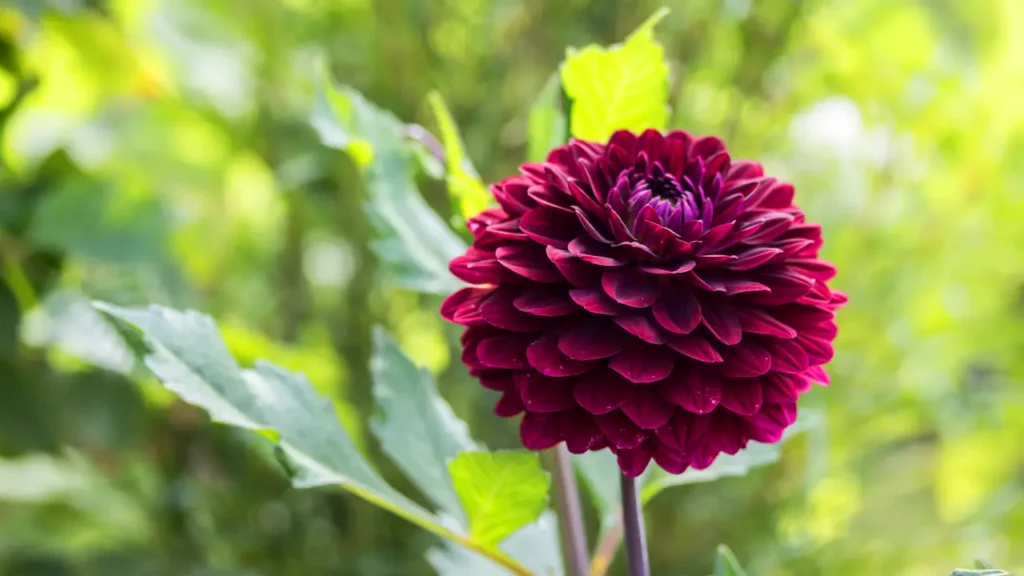

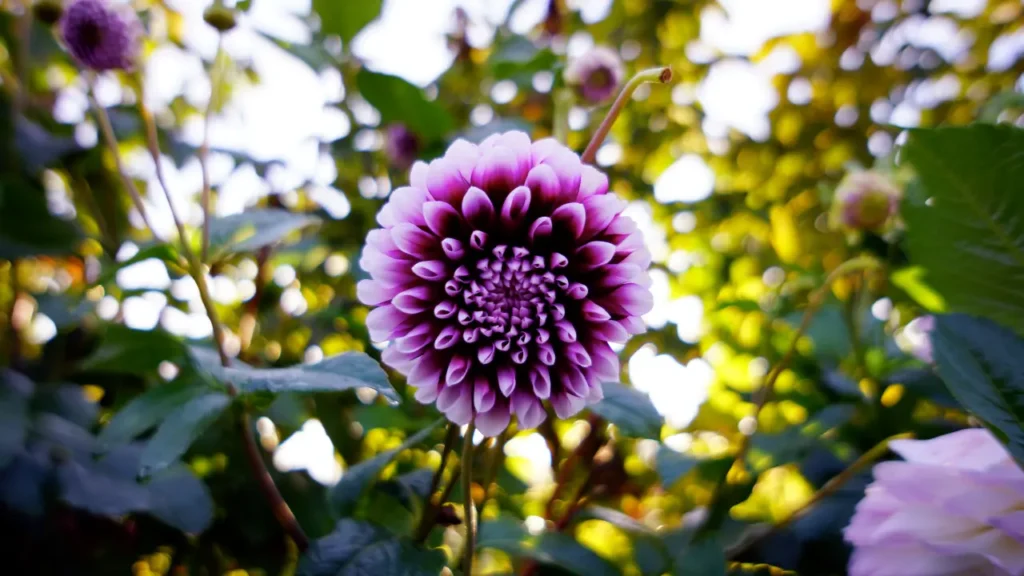
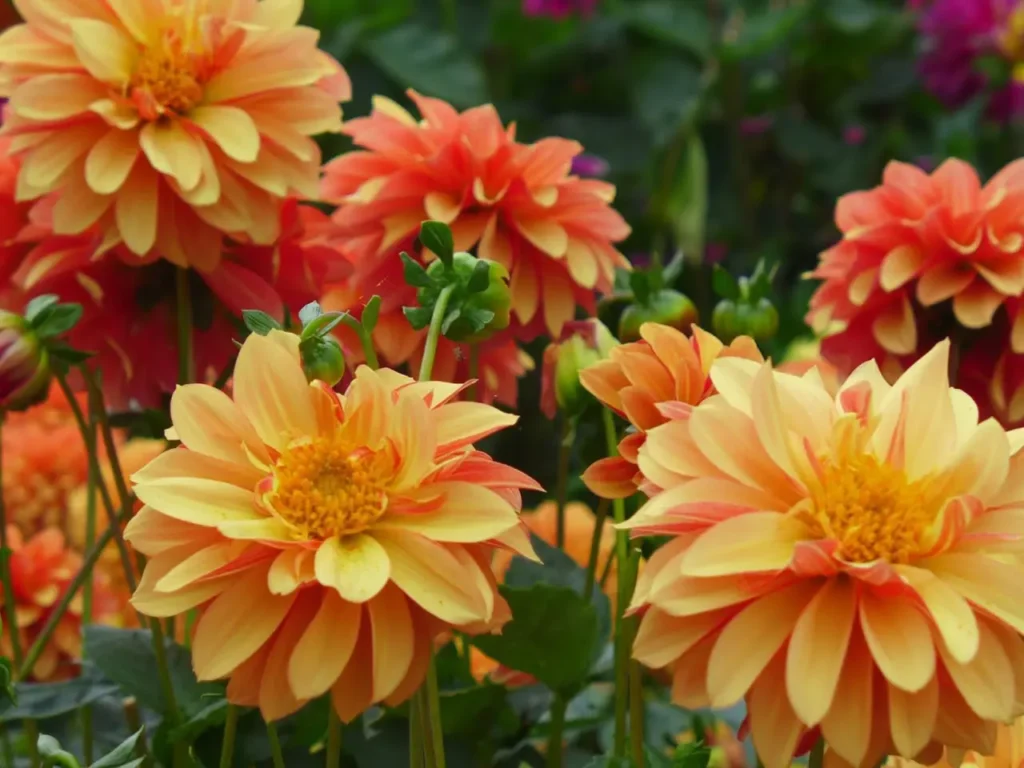

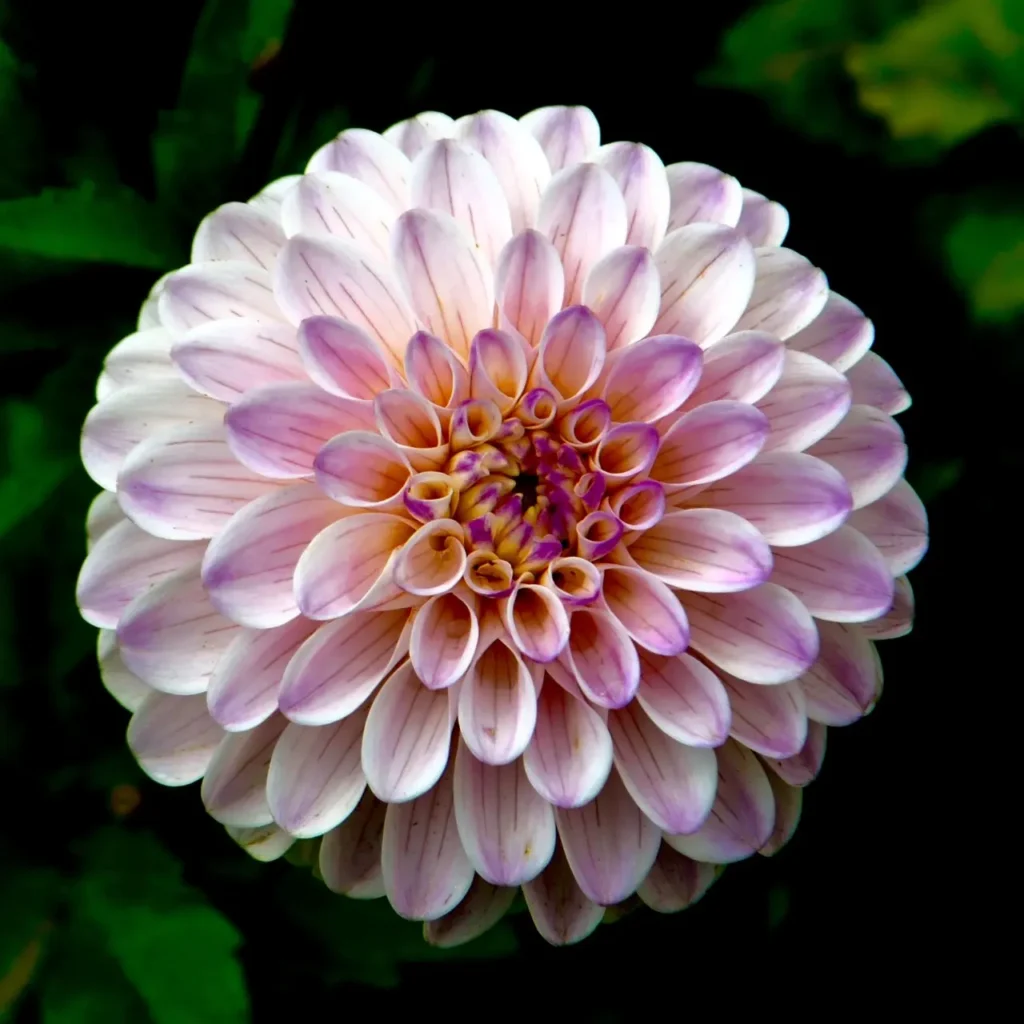
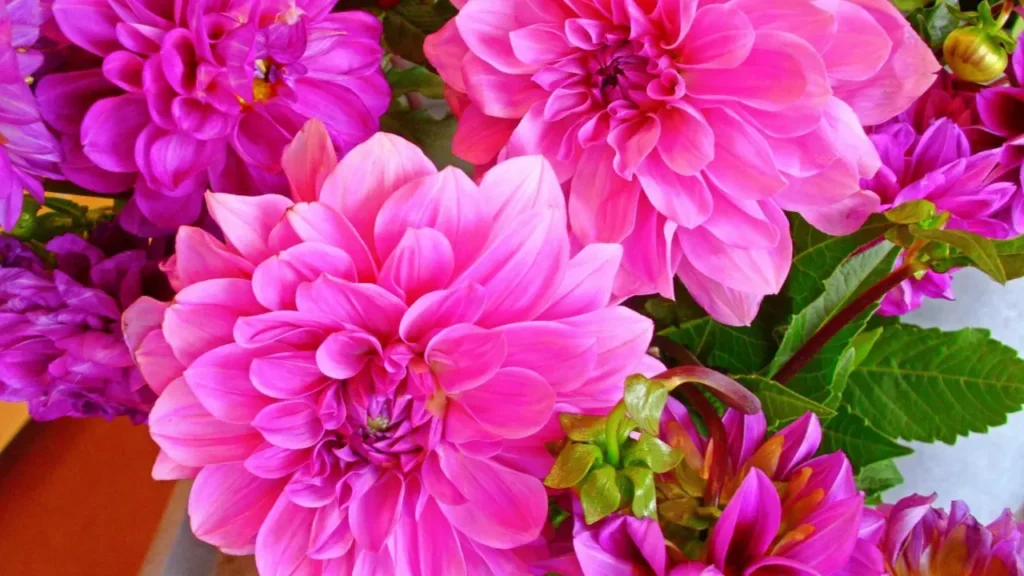
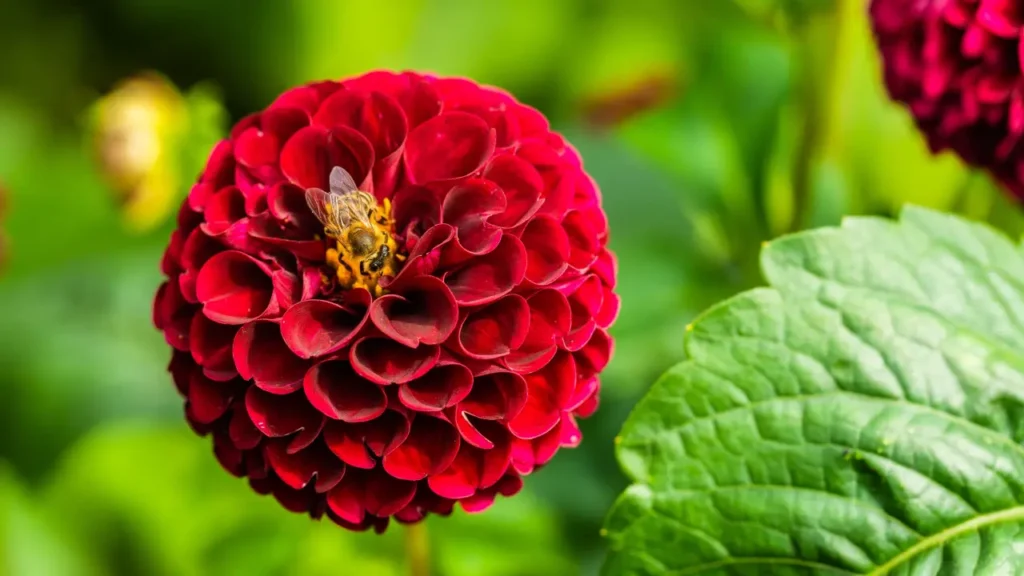


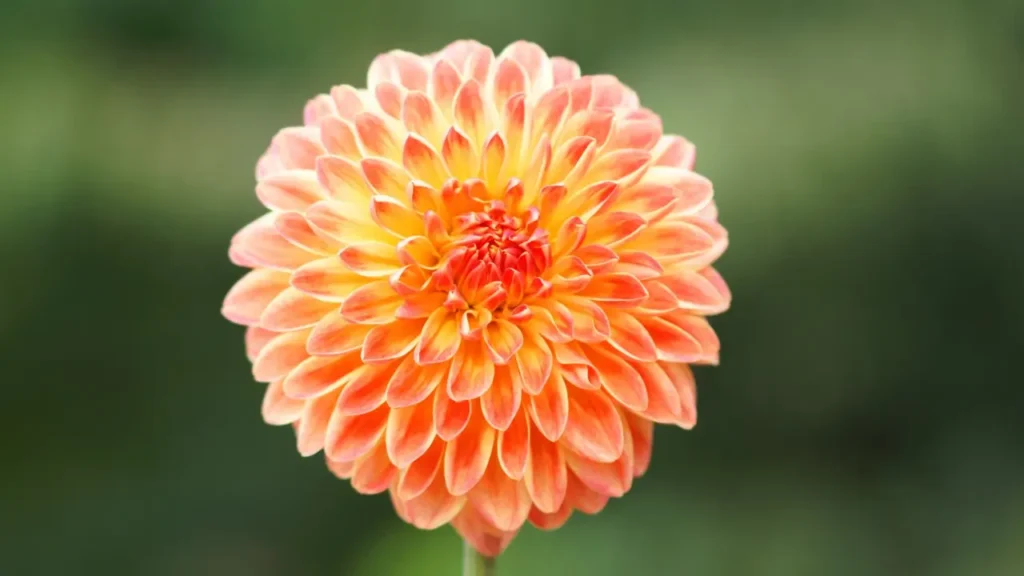



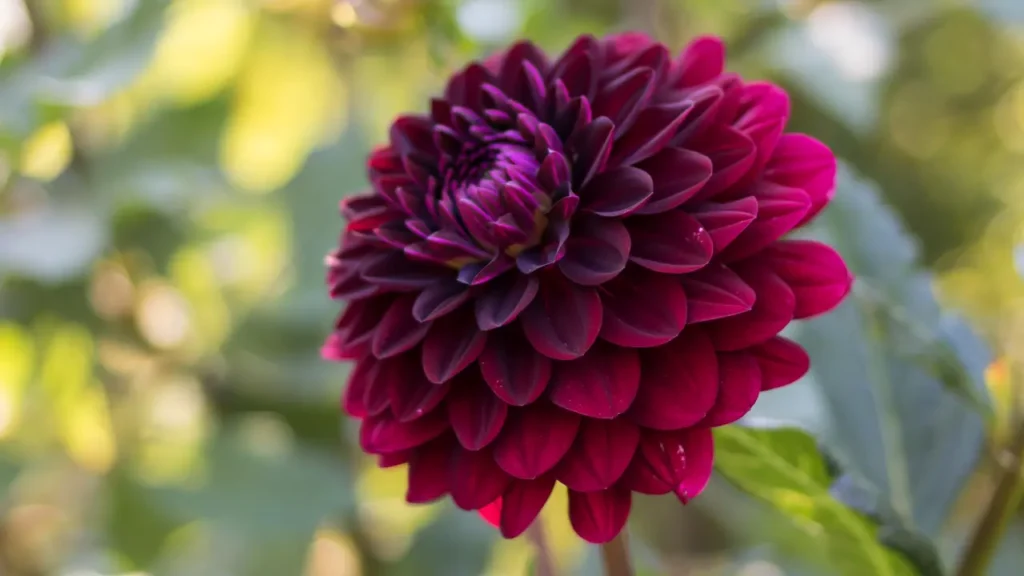
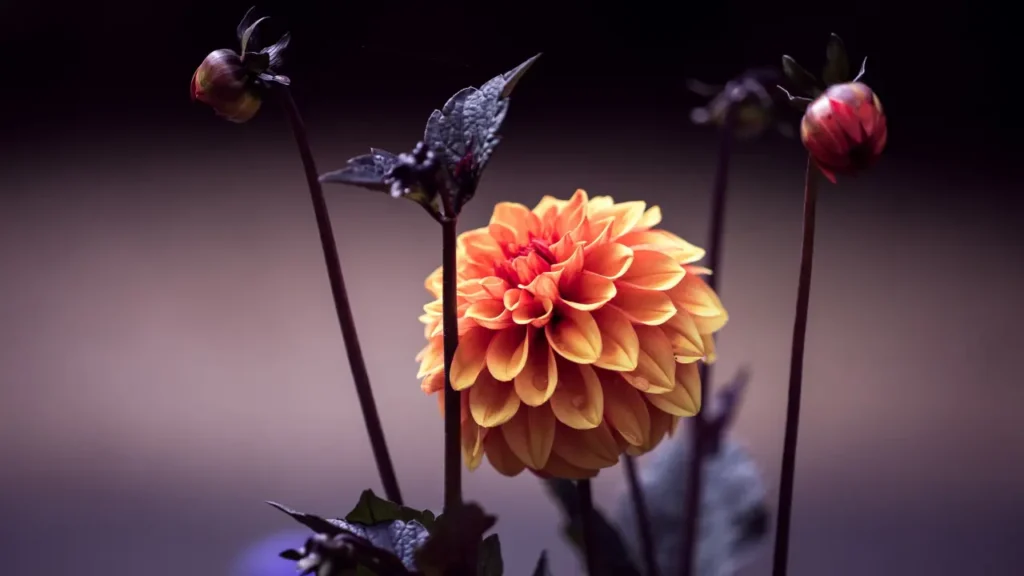
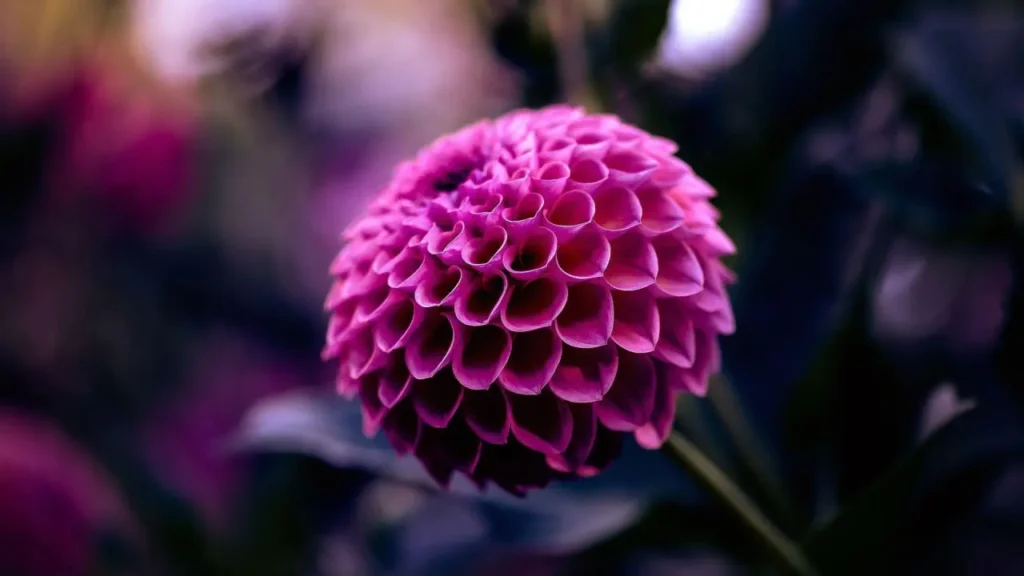
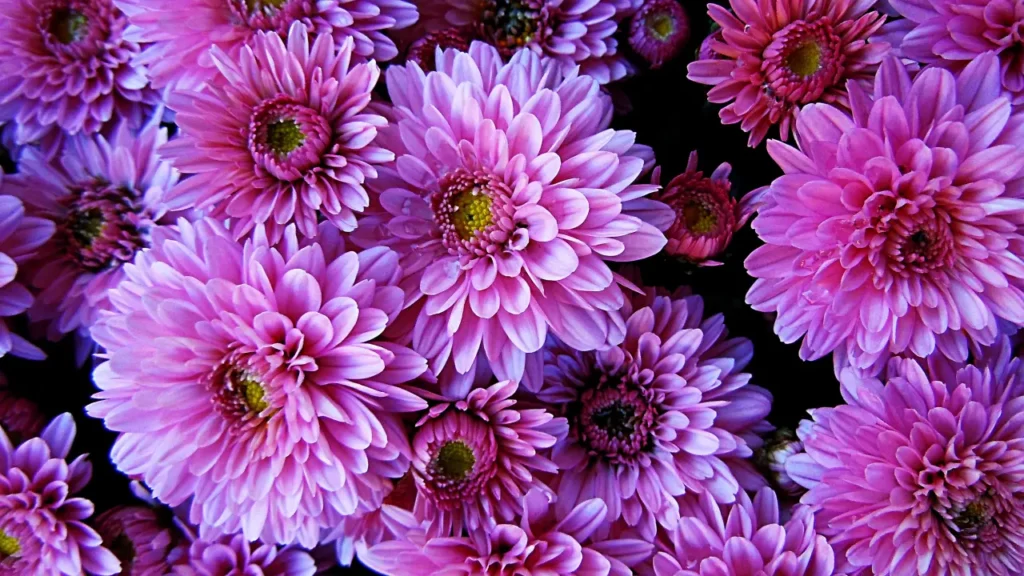

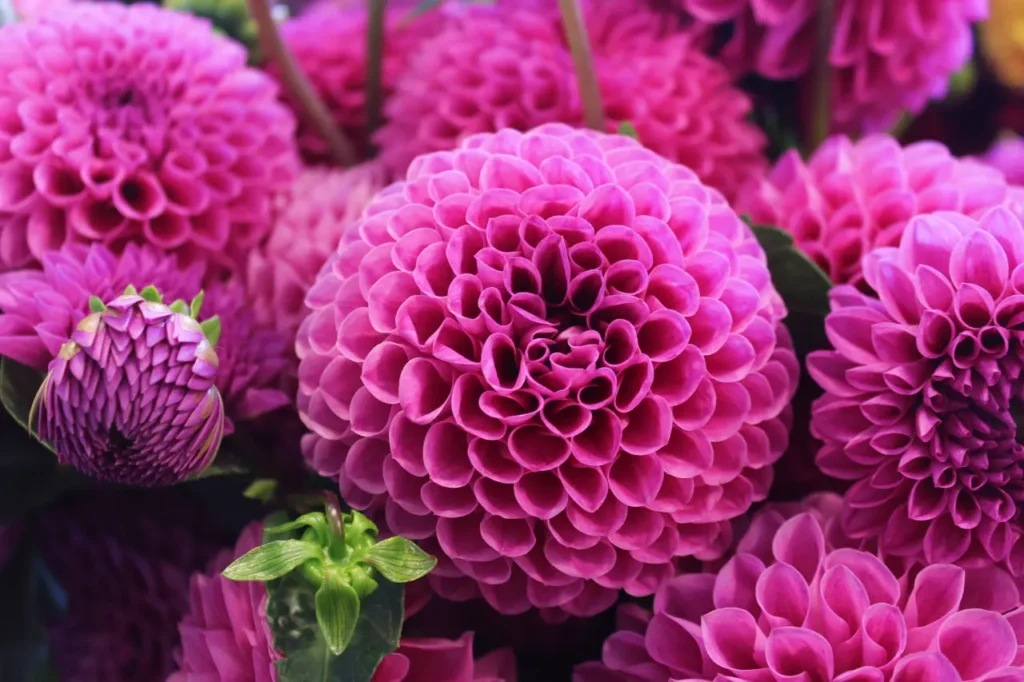
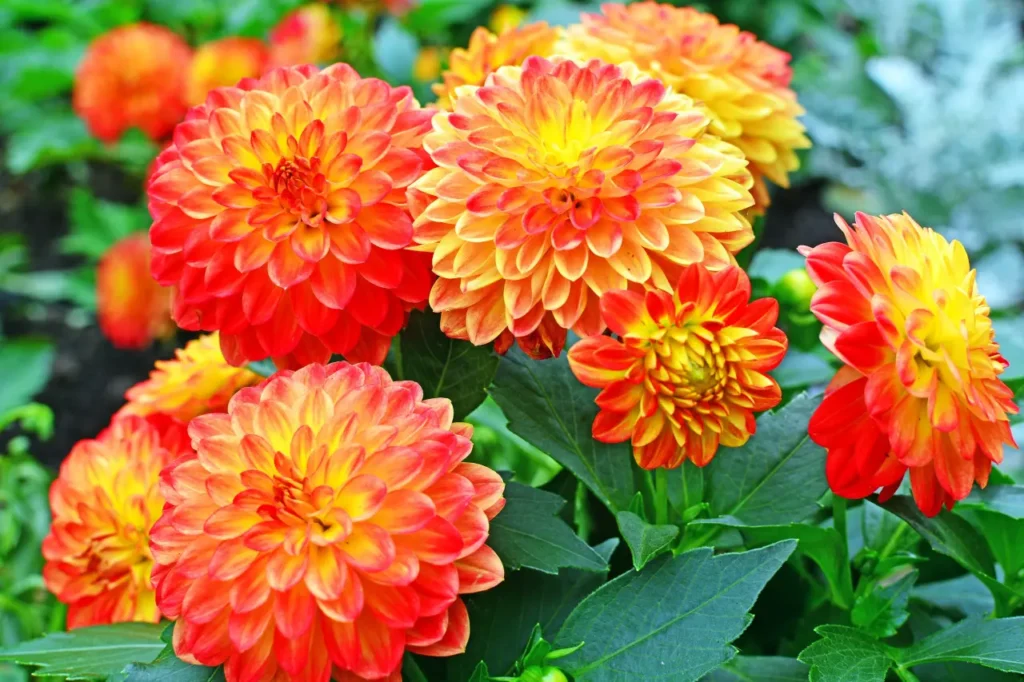
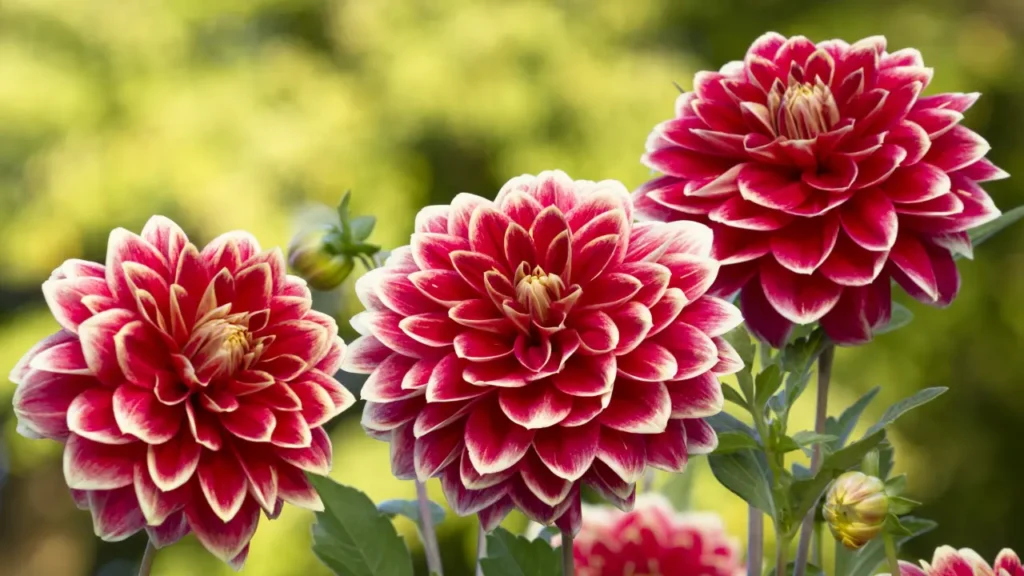
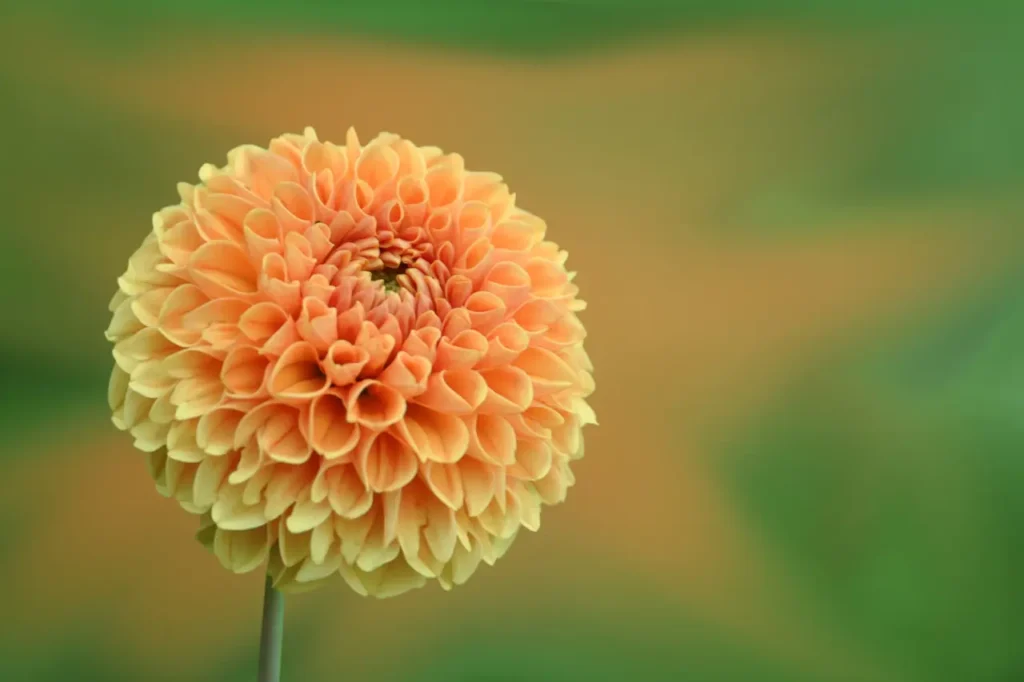

Origins and History
The Dahlia (Dahlia spp.) is native to the mountainous regions of Mexico and Central America. It was named in honor of Swedish botanist Anders Dahl, who made significant contributions to the field of botany in the 18th century. The Dahlia was introduced to Europe in the late 18th century, and since then, breeders have cultivated and expanded its diversity, resulting in the wide range of cultivars we see today.
Variety and Beauty
The Dahlia is known for its incredible diversity, with over 42 recognized species and thousands of cultivated varieties, there is a Dahlia for everyone. The flowers come in various shapes, including single, double, cactus, pompon, ball, waterlily, and decorative forms. They exhibit a mesmerizing spectrum of colors, ranging from pure white, vibrant red, and sunny yellow to deep purple, coral, and bi-color combinations.
Cultural Significance
The Dahlia holds cultural significance in different parts of the world. In Mexico, it is considered the national flower and is deeply rooted in the country’s history and traditions. The Aztecs valued the Dahlia for its beauty and medicinal properties.
dicinal properties, and it has since become a symbol of resilience and enduring love. In Victorian flower language, the Dahlia symbolized elegance, dignity, and everlasting grace.
Gardening Tips for Dahlias
Dahlias are a popular choice for gardeners because they are easy to grow and produce beautiful blooms. Here are some key tips for growing Dahlias:
Sunlight
Dahlias need full sun, which means a minimum of 6 hours of direct sunlight every day. Plant them in a location that gets plenty of sunshine throughout the day.
Soil
Dahlias thrive in well-draining soil that is enriched with organic matter. The ideal pH for optimal growth is slightly acidic to neutral, so avoid heavy clay soils that retain excessive moisture.
Watering
Water your Dahlias deeply and regularly, especially during periods of active growth and blooming. Maintain consistent soil moisture, but avoid overwatering, as Dahlias are susceptible to root rot. Mulching around the plants can help retain moisture and suppress weed growth.
Staking and Support
Many Dahlia varieties grow tall and benefit from staking or support to prevent them from toppling over in strong winds. Use stakes or cages to provide support as the plants grow.
Deadheading and Pruning
Remove spent flowers regularly to encourage continuous blooming. Prune back faded blooms to promote new growth and maintain plant vigor.
Overwintering
In regions with cold winters, Dahlias are often treated as tender perennials or annuals. Lift the tubers in late fall, carefully removing soil, and store them in a cool, frost-free location for winter. Replant them in spring after the danger of frost has passed.
Dahlias are cherished flowers in gardens, floral arrangements, and cultural traditions because of their remarkable diversity and breathtaking beauty. Whether adorning flower beds, filling vases with their vibrant blooms, or capturing the imagination with their rich hues, Dahlias bring a touch of elegance and joy to any setting. With these tips, gardeners can enjoy a dazzling display of Dahlias and celebrate the captivating allure of these enchanting flowers.
